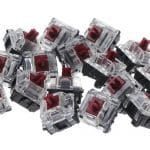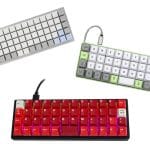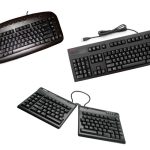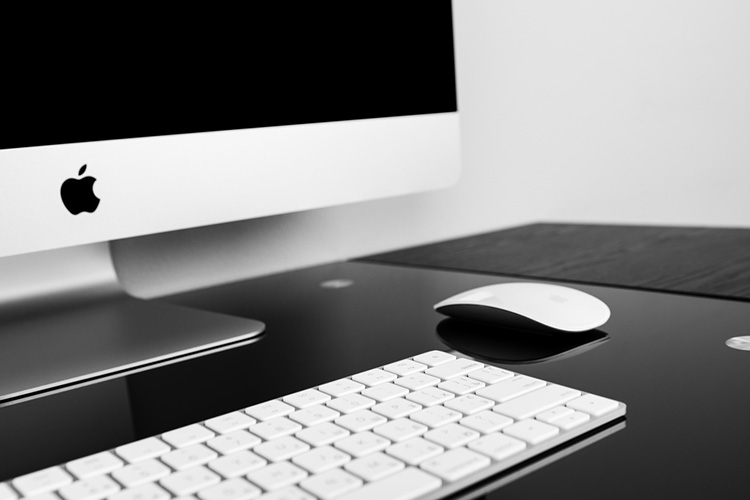
Apple has had two types of keyboards for its MacBook Pro and MacBook Air computers since 2012: one with butterfly switches and one with scissor switches. Scissor switches were what Apple used initially. However, they tried to innovate by introducing Butterfly switches.
Butterfly switches and scissor switches were two types of keyboards developed by Apple for the MacBook Pro and MacBook Air models. The butterfly keyboard was formerly Apple’s first alternative for its MacBook model, but it was a flop and garnered a lot of inferior press. Apple chose to abandon this type of keyboard in favor of the standard scissor-switch technology.
Unfortunately, Apple’s stint with the butterfly switches wasn’t well received. The community’s backlash pretty much forced the brand to ditch their proprietary Butterfly switches.
In this article, we will be diving deeper into these two switches. We will give a brief overview of these two switches. We will also be talking about the problems of Butterfly switches which lead to their eventual demise. And lastly, we will be talking about how these switches feel.
A Brief Context about Apple’s Keyboard Switches
The scissor keyboard has been renamed “Magic Keyboard,” which is now included with the most recent MacBook Air and MacBook Pro models. So, what are the distinctions between the Butterfly and Magic Keyboards?
Scissor Switches

The keys on a scissor-switch keyboard are joined using two credit card pieces that interlock in a ten form, resembling a pair of scissors, hence the name.
The two pieces lock together like scissors when you press down, snapping to the keyboard and the key. Scissor switch keys don’t have as much travel as other key types, but they have more than a butterfly keyboard because the scissor mechanism compresses more space.
Apple’s Brief Transition to Butterfly Switches
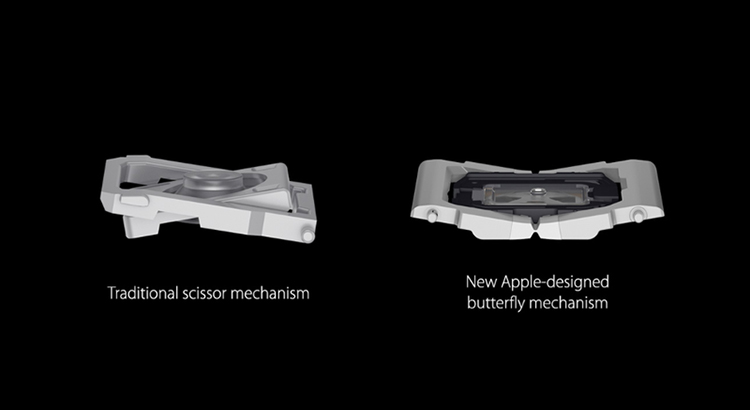
The two pieces lock together like scissors when you press down, snapping to the keyboard and the key. Scissor trade keys don’t have as much travel as other key types, but they are more than a chat-up keyboard because the scissor mechanism compresses more space. The scissor-switch keyboards have a scissor-like operating mechanism, whereas the butterfly keyboards have components that operate together, rather than overlap, like the wings on a chat-up.
A hinge in the center connects the butterfly switch’s two parts, and when forced together, they form a V or U shape. A hinge in the center connects the butterfly switch’s two parts, and when pressed, the two sides compress into a V or U form.
Apple redirected to a butterfly design for a thinner keyboard, which not only authorized for slimmer devices but also touted the butterfly keys as being more stable due to the way a butterfly mechanism distributes applied pressure from a finger press more uniformly.
Although Apple switched to a butterfly design for a skinny keyboard that enabled slender smartphones, the chat-up keys were promoted as more stable since a butterfly mechanism spreads and enforces pressure more evenly from a feel weight-lift. With a larger space for debris to gather, butterfly keys have less travel than scimitar-switch keys, and there is less squish and movement, which is why Apple’s troubles arose.
Butterfly Keyboard Problems
Trash, detritus, and others can gather over a long time with a butterfly keyboard design, where the two sides of each keyboard swap over to a center hinge. As a result, these particles may be a detriment, effectively causing malfunction to its mechanism.
When dust and dirt accumulate in Mac’s butterfly keyboard mechanism, the keys become stuck, repeat, or fail to function completely, all of which are undesired effects.
To make matters worse, trash and detritus can get inside Mac’s butterfly keyboard mechanism, causing the keys to become stuck or start repeating or failing to function altogether. Over several years, Apple attempted to improve the butterfly keyboard through various improvements, including accumulating membranes to block particles, but no upgrade approach was successful.
Indeed, so many individuals had issues with the butterfly keyboard that Apple instituted a recall program.
Return to Scissor Switches
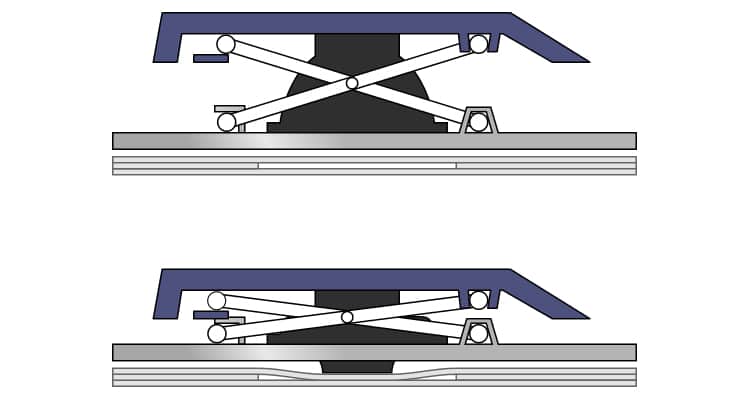
Apple did acknowledge all of the issues with the butterfly keyboards. The manufacturer has worked to remedy these keyboards through successive generations and enhancements, including particulate-blocking membranes. Unfortunately, none of these changes were effective.
The butterfly-switch keyboard was causing more and more complications for users. Different tech writers have taken a severe and persistent stance against Apple over these issues. Some people even go so far as to say that these keyboards are fundamentally faulty.
Apple stayed with this keyboard design for five years, causing damage to its reputation and unneeded effort and expense for its users. The unhappiness grew to the point where Apple was forced to abandon the butterfly keyboard in favor of the new Magic Keyboard design.
Recent Changes implemented in the Scissor Switches
Other factors necessitated the conversion to the more trustworthy scissor switchover mechanism, including Apple’s need to create a compensation platform for the butterfly keyboard. Apple premiered a new “Magic Keyboard” in the 2019 16-inch MacBook Pro, 2020 13-inch MacBook Pro, and 2020 13-inch MacBook Air that employs a scissor throw mechanism, preferably a butterfly mechanism.
With 1mm of key travel and a stable key feel, Apple claims the new Magic Keyboard provides the “greatest typing experience ever on a Mac notebook.” According to Apple, the keys have an Apple-designed rubber dome that stores more potential energy for a more responsive key press.
The Typing Experience on both switches (Sound and feel)
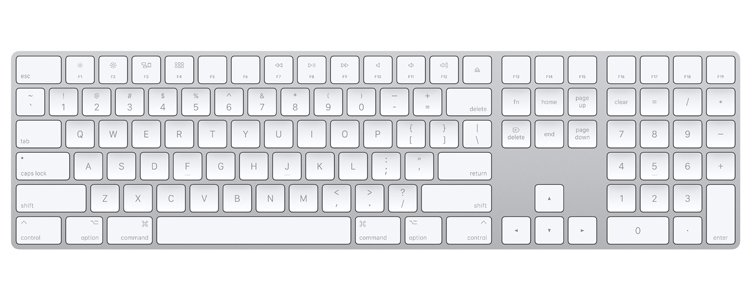
Butterfly keys feature less travel and squish than scissor-switch keys, as well as less movement. In comparison to the Magic Keyboard, they seem stiff and shallow, and the keys are much louder when typing.
Magic keyboards, also known as scissor-switch keyboards, close together like scissors when you push a key down. This type of keyboard mechanism has recently become extremely popular on laptop models. A butterfly keyboard has relatively more extended travel than a scissors switch keyboard, but it does not have as much travel as certain other types of keys.
Lastly, the keys include an Apple-designed rubber dome that holds more potential energy, allowing them to deliver more feedback when pressed. As a result, compared to the earlier design, the Magic Keyboard gives a considerably more comfortable and enjoyable typing experience.
Summary
That’s how Apple went from a butterfly keyboard to a Magic Keyboard keyboard. The butterfly keyboard is unquestionably one of Apple’s most contentious and problematic hardware designs. Given that most of Apple’s stores and facilities are still closed because of the Covid-19 outbreak, and no one wants to buy a laptop with a risky keyboard design during this tough time, the decision to replace the whole product lineup with a new keyboard is a prudent step.
If you are looking forward to buying your own Mac device, it is highly recommended to consider this discussion as it is a matter of the device’s longevity and reliability. Butterfly switches may be usable, but they will inevitably be faulty – more so if you are looking into daily driving the device. The mere fact that the company itself recalled these is testamentary as to why it is faulty.
Bottom line, consider the newer Mac devices if you are looking forward to a hassle-free user experience. Alternatively, you may also opt for external keyboards to better the experience and protect your keyboard through covers for extended life expectancy.
